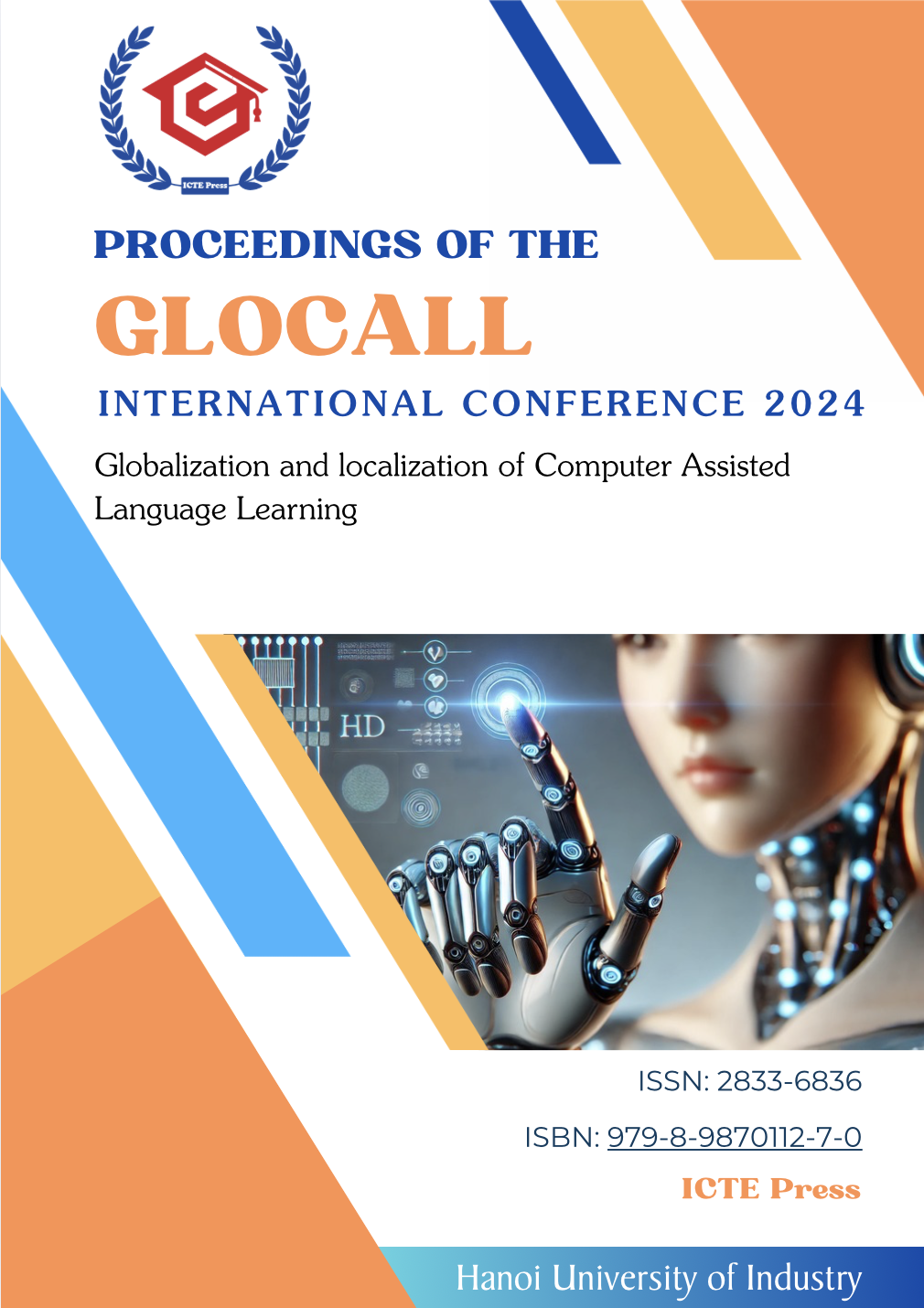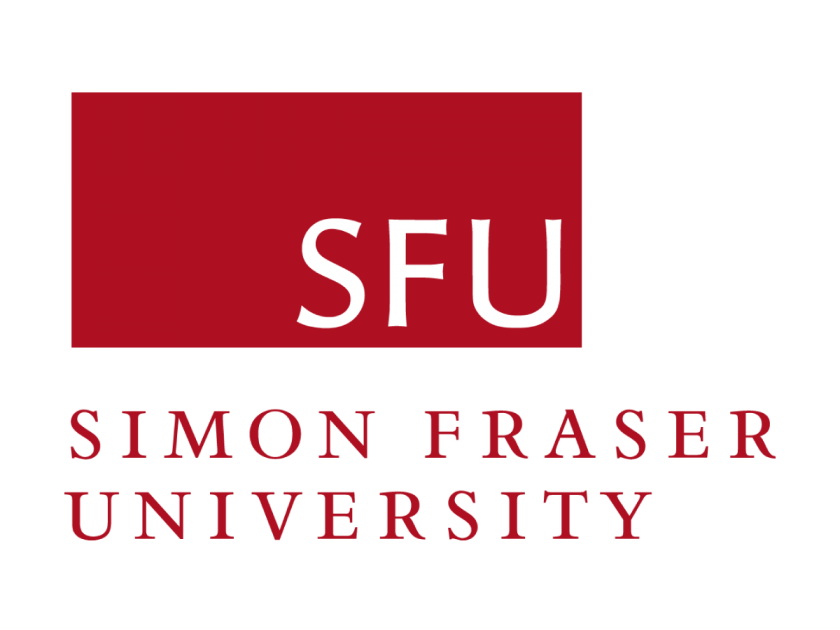Applying Social Media Platforms in Self-studying English for Mechanical Engineering at Hanoi University of Industry
DOI:
https://doi.org/10.54855/paic.2571Keywords:
self-study, social media, benefits, drawbacks, solutionsAbstract
The proliferation of social networks has led to an abundance of knowledge and diverse perspectives. Along with actively engaging in classroom learning, students now perceive social networks as valuable sources of educational content. To facilitate English language improvement for students in the faculty of Mechanical Engineering, educators have encouraged students to use various social media platforms such as Facebook, YouTube and TikTok to enhance vocabulary learning, improve pronunciation, and increase students' interest in learning English. Quantitative and qualitative methods will be used to answer questions about how learners utilize social media for self-studying English, which platforms they use, how often, and the benefits, challenges, and main goals. Data will be collected through questionnaires and interviews with second-year students at the Faculty of Mechanical Engineering, Hanoi University of Industry. The research analyzes the role of social media in supporting students' self-study of English and discusses the advantages, challenges, and practical solutions to enhance autonomous learning.
References
Blattner, G., & Fiori, M. (2009). Facebook in the language classroom: Promises and possibilities. International Journal of Instructional Technology and Distance Learning, 6 (1), 17-28.
Brook, J. (2011). The affordances of YouTube for language learning and teaching. Hawaii Pacific University TESOL Working Paper Series, 9(1), 37-56.
Bui, T. N. (2021). Students’ attitudes to online reading in the era of technology at the University of Transport and Communications. AsiaCALL Online Journal, 12(3), 1–8. https://asiacall.info/proceedings/index.php/asiacall-online/article/view/56
Dudovskiy, J. (2018). The ultimate guide to writing a dissertation in business studies: A step by step assistance [eBook]. Research-methodology. Net. https://research-methodology.net/about-us/ebook/
Feng, S., Wong, Y. K., Wong, L. Y., & Hossain, L. (2019). The Internet and Facebook usage on academic distraction of college students. Computers & Education, 134, 41–49. https://doi.org/10.1016/j.compedu.2019.02.005 DOI: https://doi.org/10.1016/j.compedu.2019.02.005
Harmer, J. (2007). The practice of English language teaching (4th ed.). Pearson Education.
Istifci, I. & Dogan Ucar, A. (2021). A Review of research on the use of social media in language teaching and learning. Journal of Educational Technology and Online Learning, 4(3), 475–488. DOI: https://doi.org/10.31681/jetol.922968
Kabilan, M. K., Ahmad, N., & Abidin, M. J. Z. (2010). Facebook: An online environment for learning of English in institutions of higher education? The Internet and Higher Education, 13(4), 179-187. https://doi.org/10.1016/j.iheduc.2010.07.003 DOI: https://doi.org/10.1016/j.iheduc.2010.07.003
Manca, S., & Ranieri, M. (2016). Facebook and the others: Potentials and obstacles of social media for teaching in higher education. Computers & Education, 95, 216-230. https://doi.org/10.1016/j.compedu.2016.01.012 DOI: https://doi.org/10.1016/j.compedu.2016.01.012
Ngo, N. T. D., & Pham, H. N. U. (2023). Exploring the influence of social media and online communities on affordances in ELT. International Journal of Language Instruction, 2(1), 45-55. https://i-jli.org/index.php/jli/article/view/45
Qin, Y., Omar, B., & Musetti, A. (2022). The addiction behavior of short‑form video app TikTok: The information quality and system quality perspective. Frontiers in Psychology, 13, Article 932805. https://doi.org/10.3389/fpsyg.2022.932805 DOI: https://doi.org/10.3389/fpsyg.2022.932805
Richards, J. C., & Rodgers, T. S. (2014). Approaches and methods in language teaching (3rd ed.). Cambridge University Press. https://doi.org/10.31681/jetol.922968 DOI: https://doi.org/10.1017/9781009024532
Sarkila, D., Islam, M. H., & Fatmawati, R. (2024). Students Perception On The Use Of Tiktok For Learning Speaking English. Fonologi: Jurnal Ilmuan Bahasa dan Sastra Inggris, 2(2), 01-14. https://doi.org/10.61132/fonologi.v2i2.577 DOI: https://doi.org/10.61132/fonologi.v2i2.577
Terantino, J. M. (2011). YouTube for foreign languages: You have to see this video. Language Learning & Technology, 15 (1), 10-16. http://dx.doi.org/10125/44231
Watkins, J., & Wilkins, M. (2011). Using YouTube in the EFL classroom. Language Education in Asia, 2(1), 113-119. DOI: https://doi.org/10.5746/LEiA/11/V2/I1/A09/Watkins_Wilkins
Downloads
Published
How to Cite
Issue
Section
License
Copyright (c) 2025 Tran Yen Van, Nguyen Do Thuy Duong

This work is licensed under a Creative Commons Attribution 4.0 International License.
Copyright
The copyright of all articles published in the Proceedings of the AsiaCALL International Conference (paic) remains with the Authors, i.e. Authors retain full ownership of their article. Permitted third-party reuse of the open access articles is defined by the applicable Creative Commons (CC) end-user license which is accepted by the Authors upon submission of their paper. All articles in the aicp are published under the CC BY-NC 4.0 license, meaning that end users can freely share an article (i.e. copy and redistribute the material in any medium or format) and adapt it (i.e. remix, transform and build upon the material) on the condition that proper attribution is given (i.e. appropriate credit, a link to the applicable license and an indication if any changes were made; all in such a way that does not suggest that the licensor endorses the user or the use) and the material is only used for non-commercial purposes.









